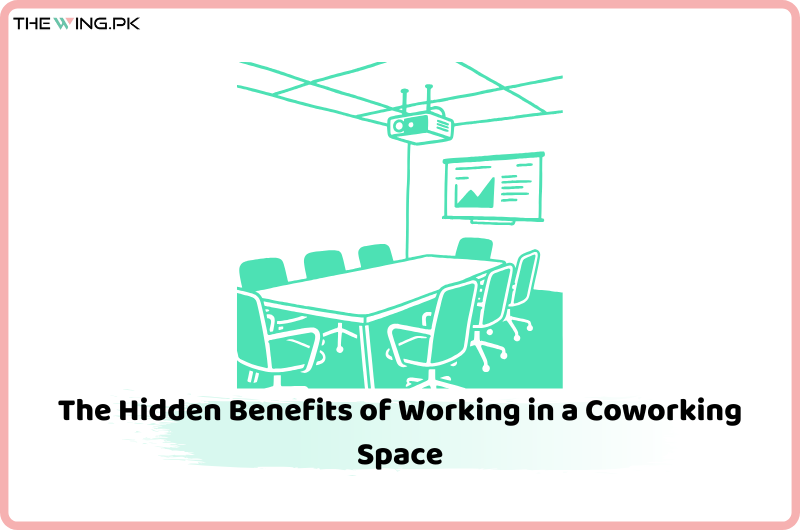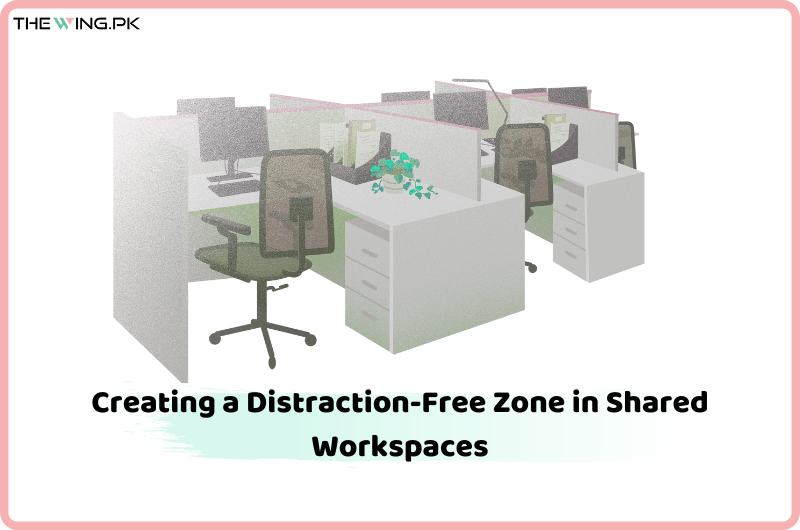The Hidden Benefits of Working in a Coworking Space
Modern work ecosystems have evolved at breakneck speed. Remote flexibility, hybrid arrangements, digital mobility, and a global entrepreneurial surge have redefined how people view traditional offices. Yet, amid this evolution, one environment has captured the attention of freelancers, start-ups, small enterprises, and even corporate giants: the coworking space. While open discussions usually highlight the obvious advantages—affordability, flexibility, networking—there is a parallel realm of deeper, often overlooked benefits. These lesser-known advantages can significantly enhance productivity, personal development, and professional success. They form the backbone of the Hidden Benefits of Working in a Coworking Space, a topic that merits more attention than it usually receives. This comprehensive exploration looks beyond surface-level perks. It delves into psychological advantages, community-driven motivations, intangible resources, and subtle productivity boosters that define the coworking experience. What emerges is a compelling case for why shared workspaces are not just a trend, but a transformative model for the future of work. Click here to learn about the best coworking space in Islamabad! A Subtle Boost to Personal Identity and Professional Self-Worth Many professionals underestimate how environment shapes identity. A coworking space naturally enhances one’s sense of belonging and legitimacy. This is one of the most overlooked Hidden Benefits of Working in a Coworking Space because it influences confidence without conscious effort. Working from home often blurs professional boundaries. Pajamas, kitchen tables, and household interruptions dilute a person’s sense of professional presence. In contrast, stepping into a coworking space—with its structured ambiance, ergonomic seating, hustle of motivated individuals, and sleek modern interiors—creates a psychological shift. Professionals unconsciously adopt a more elevated mindset. The outcome?Sharper focus. Increased self-esteem. A renewed sense of purpose. Coworking environments subtly remind individuals that they belong to a serious, ambitious, and industrious community. A Catalyst for Serendipitous Encounters Coworking spaces are synonymous with networking, but the spontaneous nature of those interactions is often underestimated. Structured networking events are beneficial, but incidental conversations—those in corridors, coffee stations, lounges, or hot-desk clusters—produce unexpected opportunities. These serendipitous interactions often lead to: Collaborative projects Long-term partnerships Skill exchanges Cross-industry insights Mentorship dynamics Innovative ideas formed through casual dialogue This unpredictability is among the Hidden Benefits of Working in a Coworking Space. In a traditional office where roles are predetermined and hierarchies rigid, such organic cross-industry engagement rarely occurs. In coworking spaces, however, a freelance copywriter might connect with a blockchain developer, or a nutritionist may end up collaborating with a gaming start-up. These eclectic connections can reshape careers in profoundly unexpected ways. The Psychological Power of Ambient Motivation Humans absorb energy from their surroundings. In coworking spaces, the environment is charged with ambition and focus. The subtle hum of keyboards, the quiet determination of others, the visible dedication of entrepreneurs pitching ideas—all create a positive force field of motivation. This ambient productivity is one of the Hidden Benefits of Working in a Coworking Space because workers do not actively seek it; it envelopes them naturally. People often find themselves working longer, focusing deeper, and completing tasks more efficiently simply because the collective mindset fuels momentum. It is the equivalent of exercising in a gym rather than alone at home—the mere presence of others enhances performance. Access to Professional Infrastructure Without Overhead Burdens Coworking environments offer more than desks and Wi-Fi. They offer a fully loaded infrastructure that solo workers or small teams could never replicate independently without immense expense. While this advantage is often stated, its depth is not fully understood. The true Hidden Benefits of Working in a Coworking Space include: High-grade printers and scanners Enterprise-level internet stability Private meeting rooms with acoustic design High-tech boardrooms with conferencing tools Photography and podcast studios On-site administrative support Complimentary office supplies IT assistance Mail handling and reception services Individually, these may appear small, but collectively, they eliminate operational hassles that drain time and resources. Professionals can focus entirely on their work, knowing that the infrastructure is handled by experts. A Healthier Work-Life Rhythm Through Spatial Boundaries Work-life balance becomes elusive when home and office merge. Coworking spaces restore the essential boundary that many modern workers desperately need. This aspect is frequently overlooked, yet it forms a significant part of the Hidden Benefits of Working in a Coworking Space. Leaving home to work—and leaving the workspace afterward—creates mental compartmentalization. The brain responds positively to defined spaces: Home becomes a place for rest. The coworking environment becomes a space for productivity. Workers often find themselves more rejuvenated, less stressed, and better able to disconnect at the end of the day. This spatial separation minimizes burnout and enhances emotional resilience. Unexpected Access to Learning and Skill-Building Coworking spaces are fertile grounds for personal and professional learning, and not only through formal workshops. Informal skill acquisition happens through observation, conversation, and exposure to varied industries. These spaces frequently host: Mastermind meetups Industry-expert lectures Entrepreneurial training Digital skill classes Marketing strategy workshops Investor meet-and-greets Business growth seminars But the truly Hidden Benefits of Working in a Coworking Space come from subtle daily learning—watching a designer’s creative process, overhearing how a tech founder approaches a problem, or observing how a freelancer negotiates with clients. The environment becomes a silent teacher. The Hidden Mental-Health Advantages Coworking spaces create a buffer against loneliness, which is a critical yet underestimated challenge of remote work. Humans are innately social beings; isolation can lead to reduced motivation, increased anxiety, and feelings of stagnation. The Hidden Benefits of Working in a Coworking Space include mental-health elevation through: Casual social interactions A sense of community belonging Reduced feelings of isolation Increased accountability Improved mood and energy levels Exposure to like-minded individuals Even brief conversations at the coffee machine help maintain emotional equilibrium. For many remote workers, this social nourishment becomes a lifeline. Enhanced Professional Image and Credibility Meeting clients in a well-designed coworking space conveys professionalism and competence. The ambience, meeting rooms, receptionists, and overall aesthetic create an impression that elevates credibility. This advantage is part of the Hidden Benefits of Working in a Coworking Space that small businesses rarely consider. Instead of meeting
The Hidden Benefits of Working in a Coworking Space Read More »















